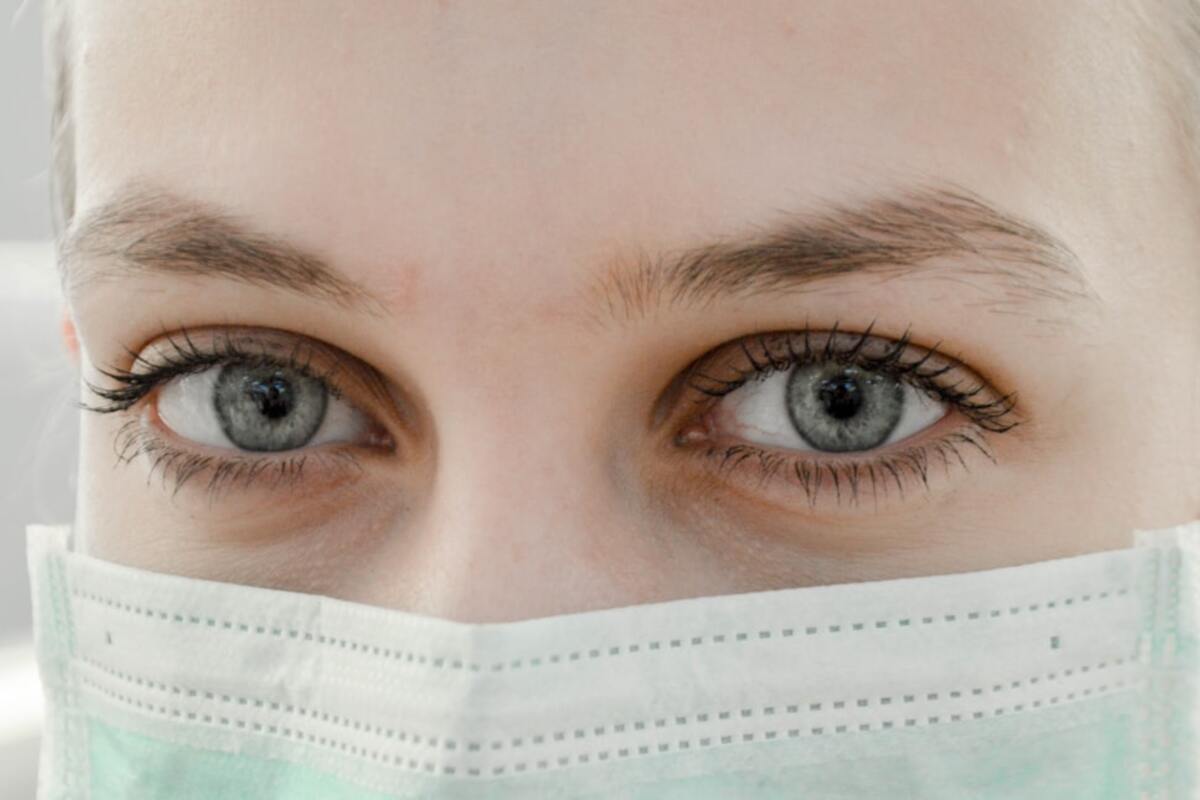Bioengineered Organs: A Game-Changer in Medical Progress
Discover how bioengineered organs are revolutionizing the medical field by offering new possibilities for transplants and personalized medicine.

- Bioengineered organs could drastically reduce transplant waiting lists.
- Advancements in stem cell research are crucial for organ development.
- Personalized medicine is becoming a reality with bioengineering.
In the ever-evolving field of medical science, one of the most promising advancements is the development of bioengineered organs. This groundbreaking progress holds the potential to revolutionize organ transplantation and significantly impact the field of personalized medicine. As we delve deeper into the realm of bioengineering, we're realizing possibilities that were once deemed science fiction.
The Need for Bioengineered Organs
The demand for organ transplants has been on a steady rise, with thousands of patients on waiting lists worldwide. Unfortunately, the gap between the available organs and those in need continues to widen, resulting in a tragic loss of life. Bioengineered organs present a potential solution to this persistent problem. By using a combination of stem cells, scaffolding techniques, and bioprinting, scientists are working towards creating organs in the lab that could one day be transplanted into patients, bypassing the need for donor organs.
Currently, patients awaiting transplants face numerous challenges, such as organ rejection, immune system complications, and the ever-present risk of infection. Bioengineered organs, cultivated from a patient’s own cells, could help mitigate these issues significantly. This approach not only enhances compatibility but also reduces the risk of rejection and the dependency on immunosuppressive drugs.
Advancements in Stem Cell Research
Stem cell research forms the backbone of bioengineered organ development. These cells have the remarkable ability to differentiate into various cell types, making them ideal for regenerating damaged tissues or creating new organs. Over the years, significant strides have been made in understanding how to harness and direct stem cell growth for therapeutic purposes.
For example, induced pluripotent stem cells (iPSCs) have emerged as a pivotal player in this domain. These cells are derived from adult cells and reprogrammed to an embryonic stem cell-like state, allowing them to produce any cell type. By utilizing iPSCs, researchers can create organ-specific cells that form the foundation for engineered tissues and organs. As our comprehension of stem cells expands, so too does our ability to manipulate them for organ bioengineering.
Personalized Medicine and the Future
The integration of bioengineered organs into healthcare practices is not just a futuristic dream but a path towards personalized medicine. The concept of tailoring medical treatments to individual patients, based on their unique genetic makeup and health conditions, is gaining momentum. Bioengineered organs play a vital role in this vision, as they can be developed to meet the specific needs of a patient's body.
Consider a scenario where a patient requires a liver transplant. Instead of waiting for a suitable donor, a custom liver could be bioengineered using the patient’s own cells. This not only ensures compatibility but also prepares the healthcare system for a future where personalized treatment is the standard, rather than the exception.
Moreover, the implications of bioengineered organs extend beyond just transplants. They offer unprecedented opportunities for drug testing and research. With human-like organs available for study, researchers can better understand disease mechanisms and test drug efficacy more effectively, leading to faster and safer medical breakthroughs.
In conclusion, while the field of bioengineered organs is still in its nascent stages, its potential is undeniably vast. The ongoing research and development promise a future where organ shortages could be a problem of the past, transforming the landscape of medical science and offering hope to millions globally.
